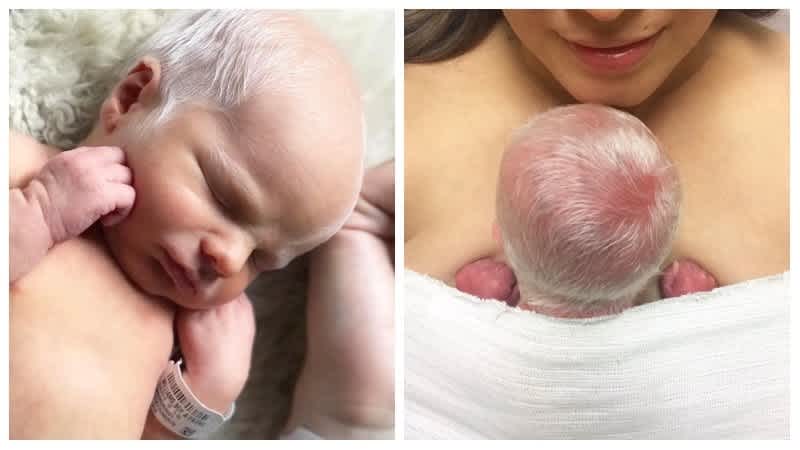We agreed to name our second son Redd if he wasn’t born with red hair. He came out with a full head of white hair and beautiful blue eyes and we were thrilled. When nurses came in to see the baby with the white hair, we should have realized there was something special about him. My husband and I were very excited to show him off. Gage and I were both born with blonde hair, so seeing our second son with such blonde hair was not unusual.
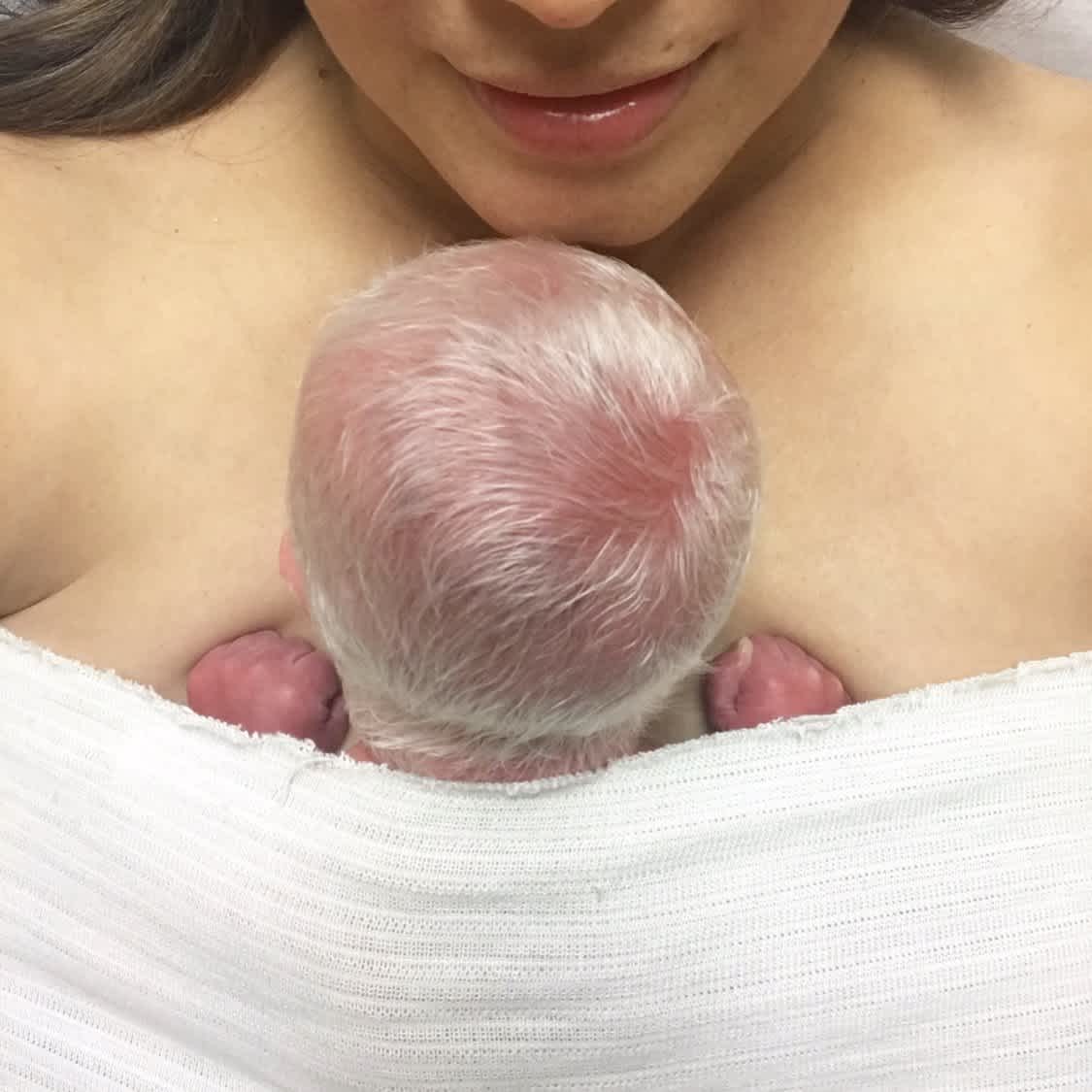
I remember three things that were unique when we had him home.
His hair was the first thing. It sparkled in the sunlight. I pointed it out to my mother-in-law, who just stared in awe and said, “He’s like a special little fairy.” His eyes were looking up and down in constant motion. I tried to block his view with my hands, but nothing worked. My husband would always say it looked like he was watching a tennis match when he saw ghosts flying back and forth on the ceiling. When he was in a certain light, his blue eyes would flash red. I thought it was because he was a newborn and that he would eventually grow out of them.
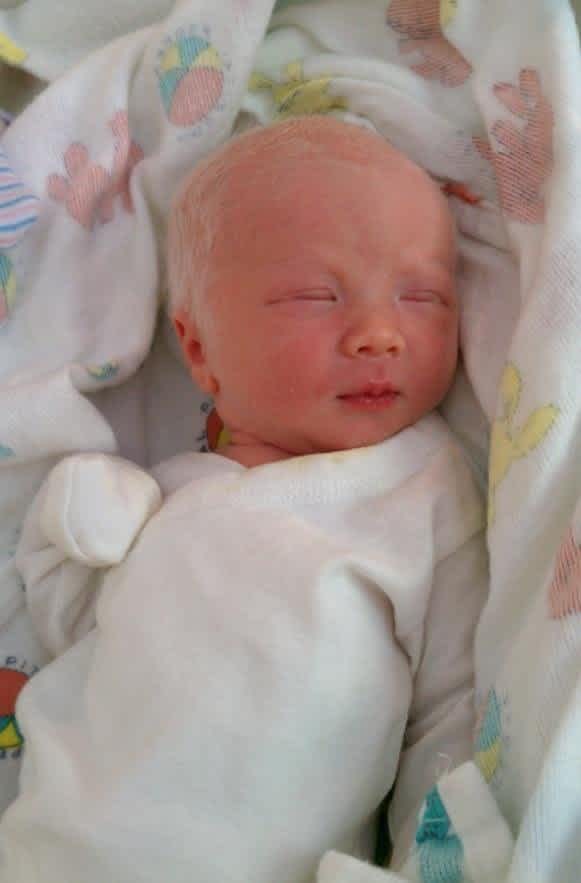
When Redd was almost 2 months old, my husband and I were eating breakfast and I asked him to look at the eyes of newborn babies.
He read that it was a common trait in infants with albinism. I didn’t know what Albinism meant and asked what it meant. I remember him looking at Redd and saying, “White hair, pale skin, tracking of the eyes … he’s an albino!” My immediate response was “No he’s not! Don’t they have red eyes?” We spent the next few hours watching videos on albinism and reading articles to better understand what it was. I called to make an appointment with our doctor.
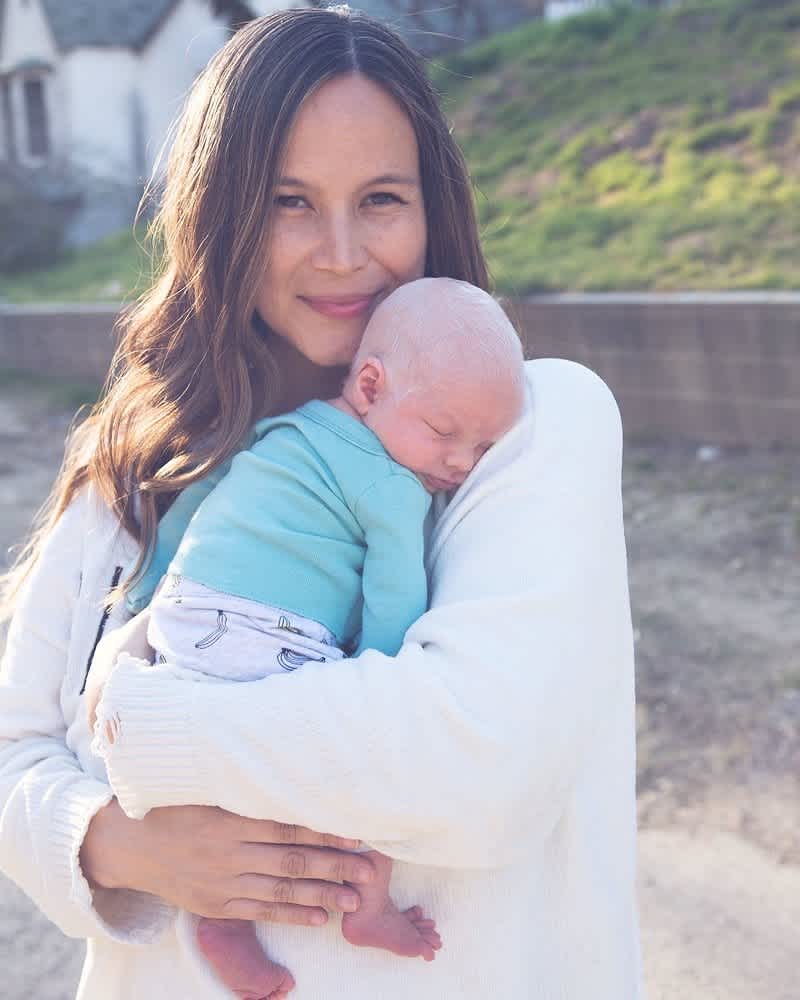
When we met with her, the first thing she said was “How did I not catch this!”
He refused to open his eyes during his first few appointments, which makes sense since his eyes are very sensitive to light. She had never seen his eyes track back and forth. We were scheduled to meet with a genetics specialist and an eye doctor.
When we met with the genetics specialist, he took a look at Redd and said he most likely has OCA1, a type of Albinism. He told us that OCA1 is the most common form of albinism and that there are many other forms. White eyelashes and white eyebrows are the easiest ways to tell the difference between a person with albinism and a person with blonde hair. Being clueless as to how ignorant I sounded, I decided to ask, “But aren’t they supposed to have red eyes?”
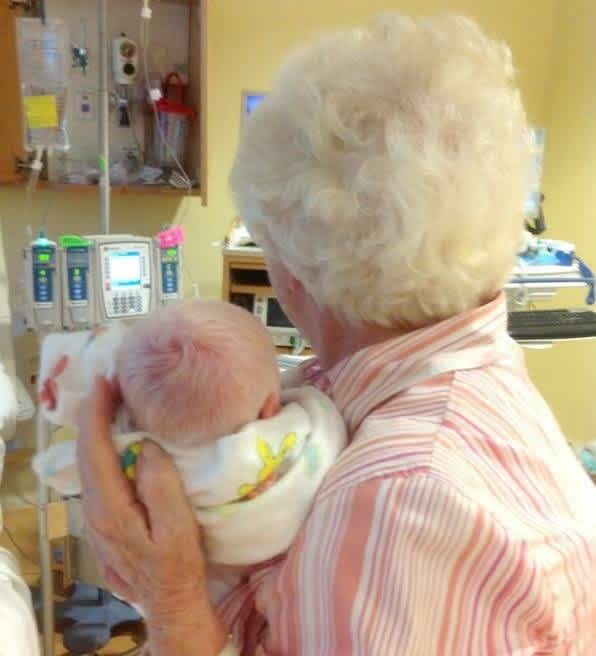
The genetics specialist said that the only things he knew of with red eyes were rats.
He asked if my husband and I had any relatives with albinism since both of us must be carriers of the gene. My grandmother was the first person that came to my mind. She was born and raised on an Indian reservation. She had blonde hair her entire life and was very fair-skinned. Also, she was older than 90 years old. I called her up and asked, “Gram, are you an albino?” She laughed and said, “Doctors have been telling me that my whole life, but I’m not!”
When I took Redd in to see his eye doctor, she told me that he had a number of conditions, including iris transillumination, strabismus, and nystagmus. She told me that Redd would most likely be legally blind and unable to get a driver’s license. I felt like I had been hit in the stomach with a bowling ball. I cried all the way to the parking lot and the drive home.
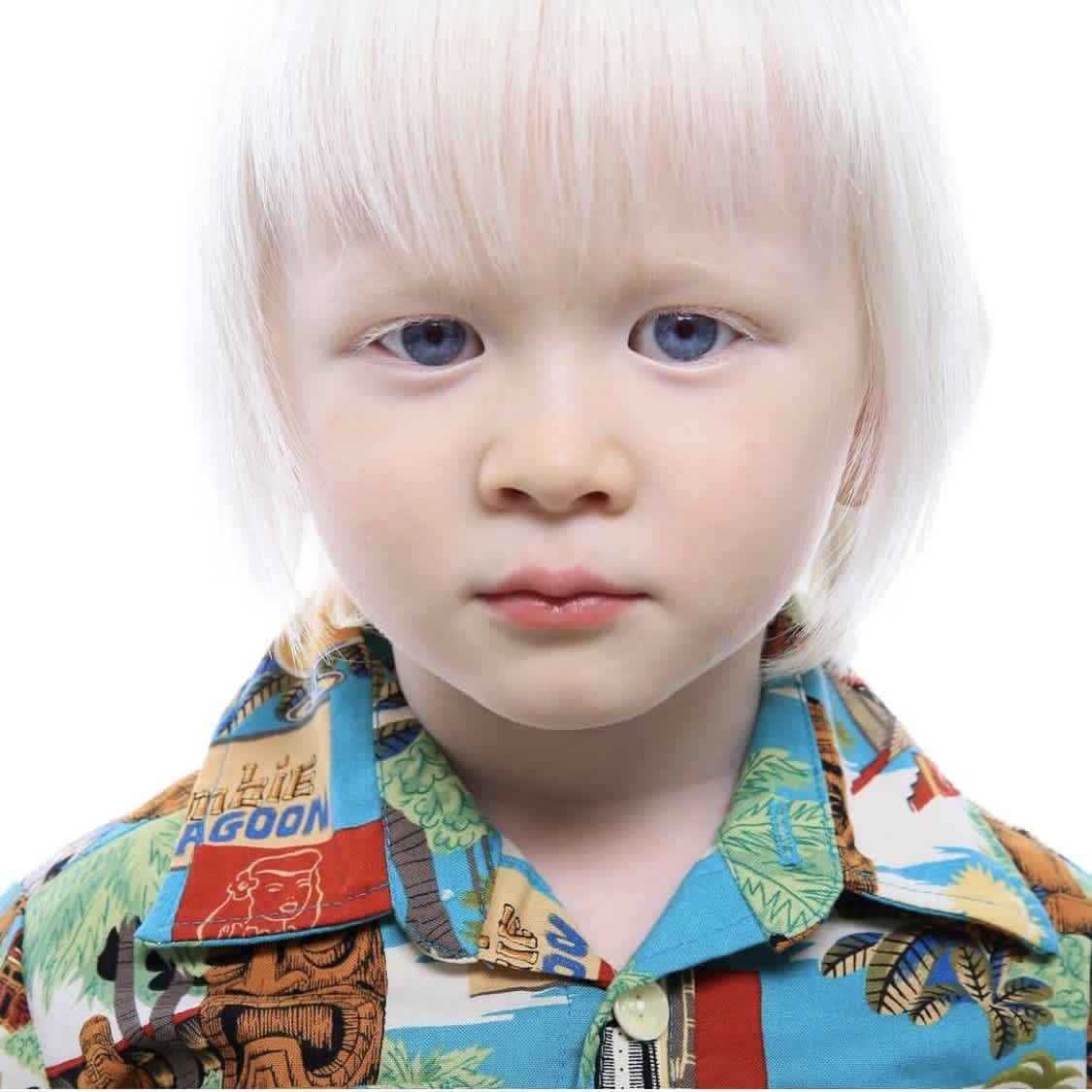
Redd drew a lot of attention when we were out in public.
People were curious about his white hair. Our son was the first Albino they had ever seen so they would ask more questions or touch his hair.
We went to a lot of the beaches at dawn or sundown so he could play in the shade. This was fun for us because we were the only ones there.
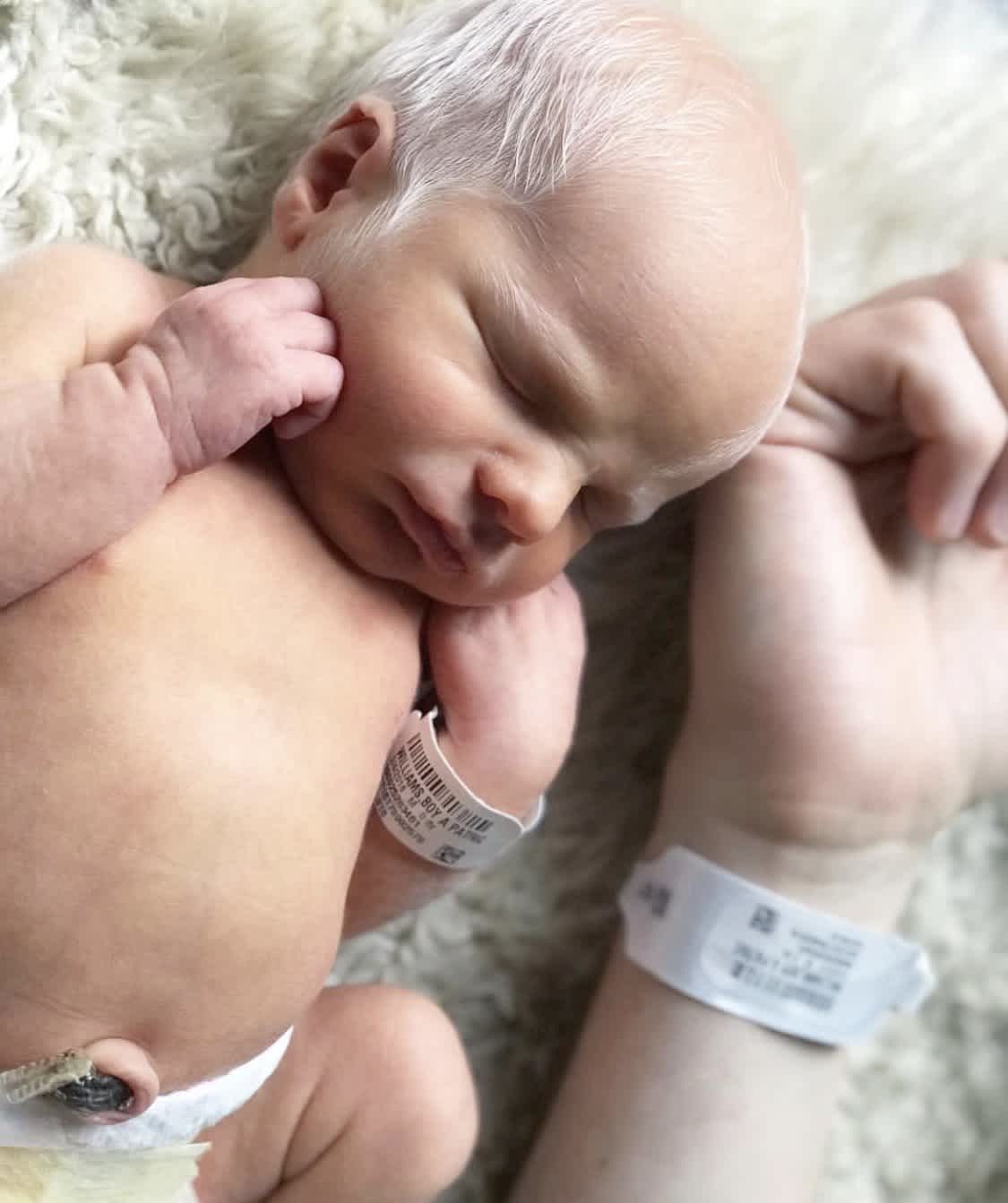
After Redd, we knew we wanted to have more children and that they could be born with albinism.
It was really exciting to see their births. Wolfgang was not going to share the same unique features as his brother when I gave birth to him.
When I went into labor with my fourth child, there was a point before I pushed him out when the doctor was holding a flashlight to look at his head. Next to him was my husband, and behind him were two male associates … all four men were staring up my vagina with a flashlight when the doctor said, “Whoa! He has some really blonde hair.” AND I JUST KNEW. My husband smiled and said, “He’s an albino.” I shrieked and my mother-in-law cried and when we told my grandmother the news, she said, “Oh no!” Made us all laugh.
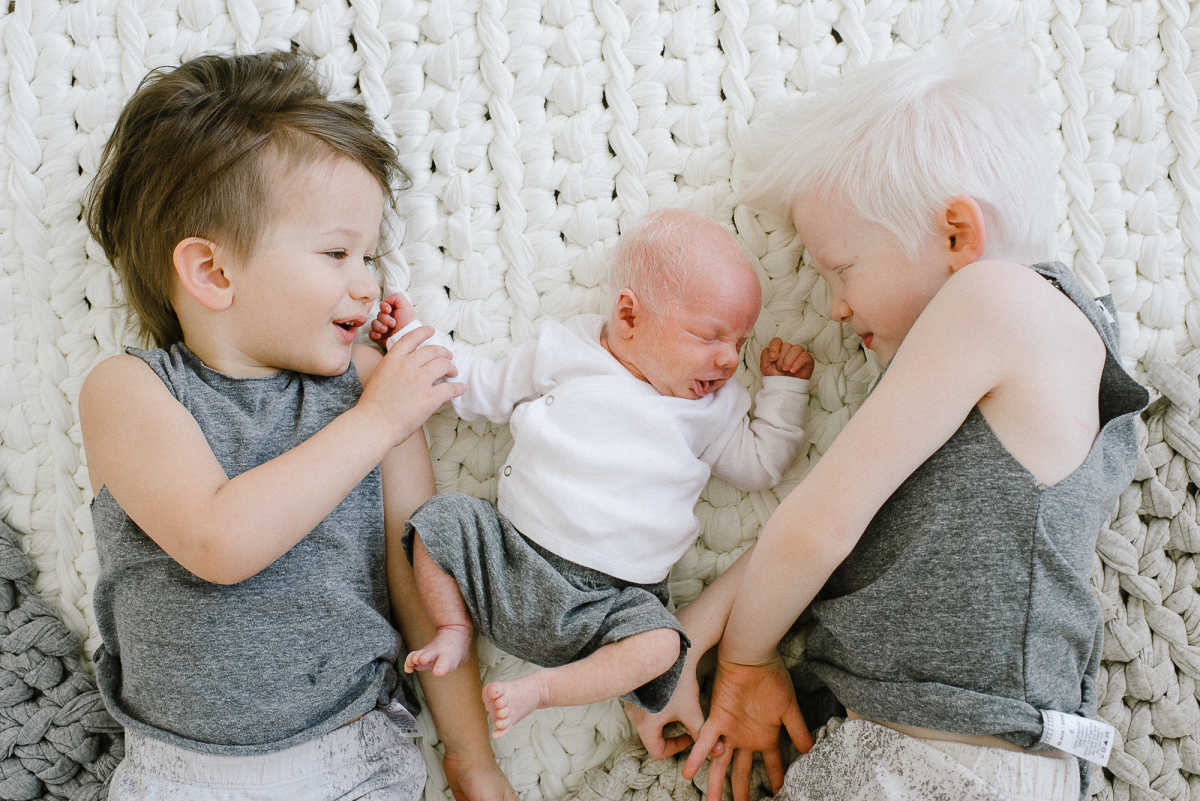
It took some time to adjust to albinism, but once we got used to it, it became a normal part of our life.
Adjusting to the reactions of others and their comments is still a work in progress and most likely will continue to be throughout our lives. If a stranger makes more than three comments about our son’s hair, we will bring up the fact that they have albinism. We want our children to know how to spread awareness about albinism. We don’t want them to be embarrassed or ashamed to discuss it. By keeping a positive, open dialect, we believe this is significant in helping them understand how to be vocal and advocate their needs while navigating not only through school but also through life.


